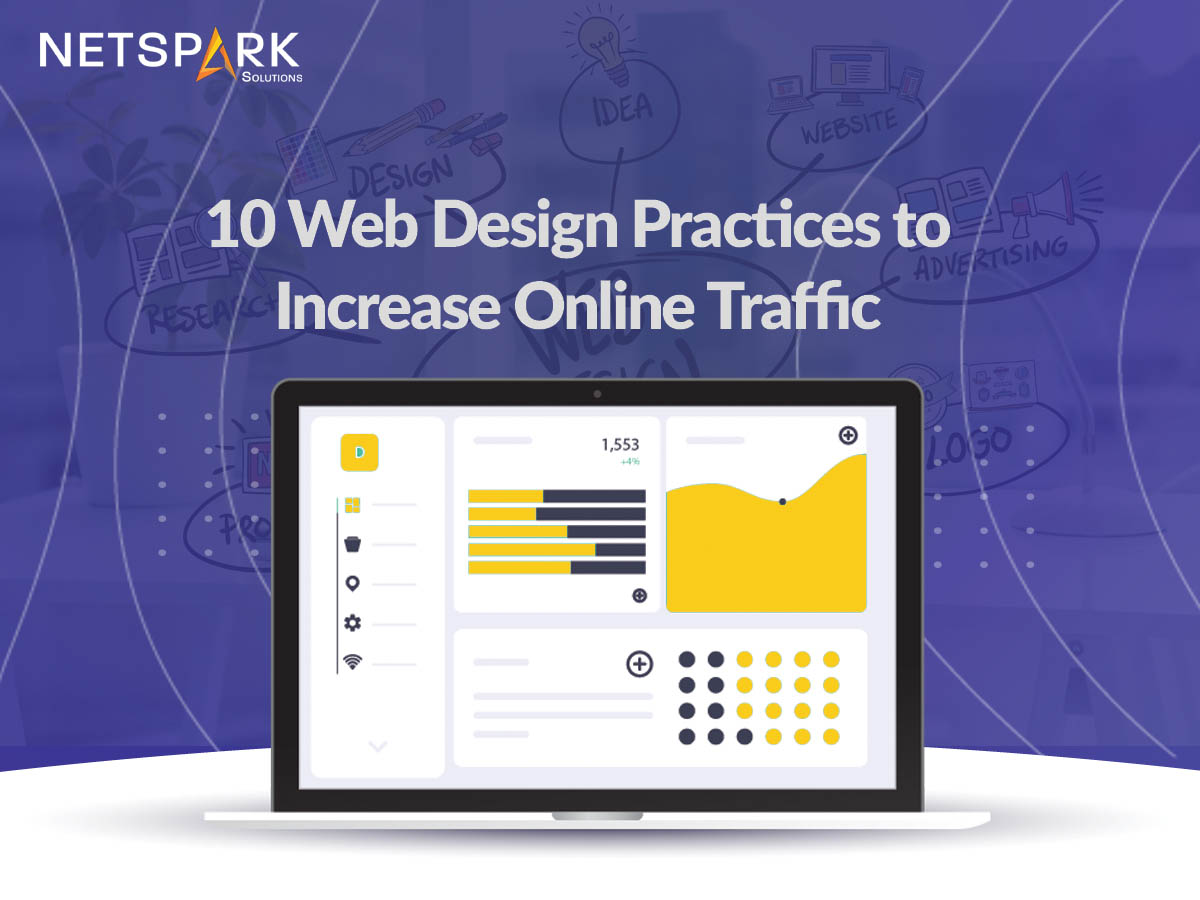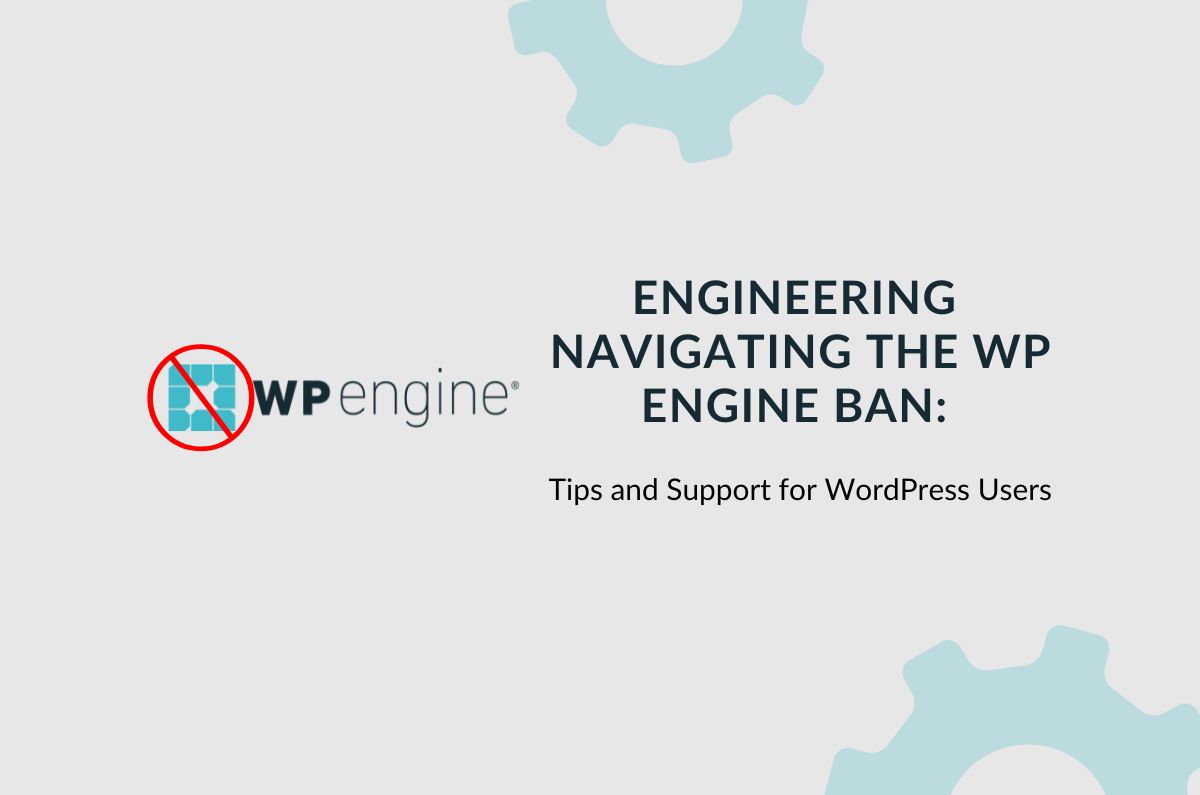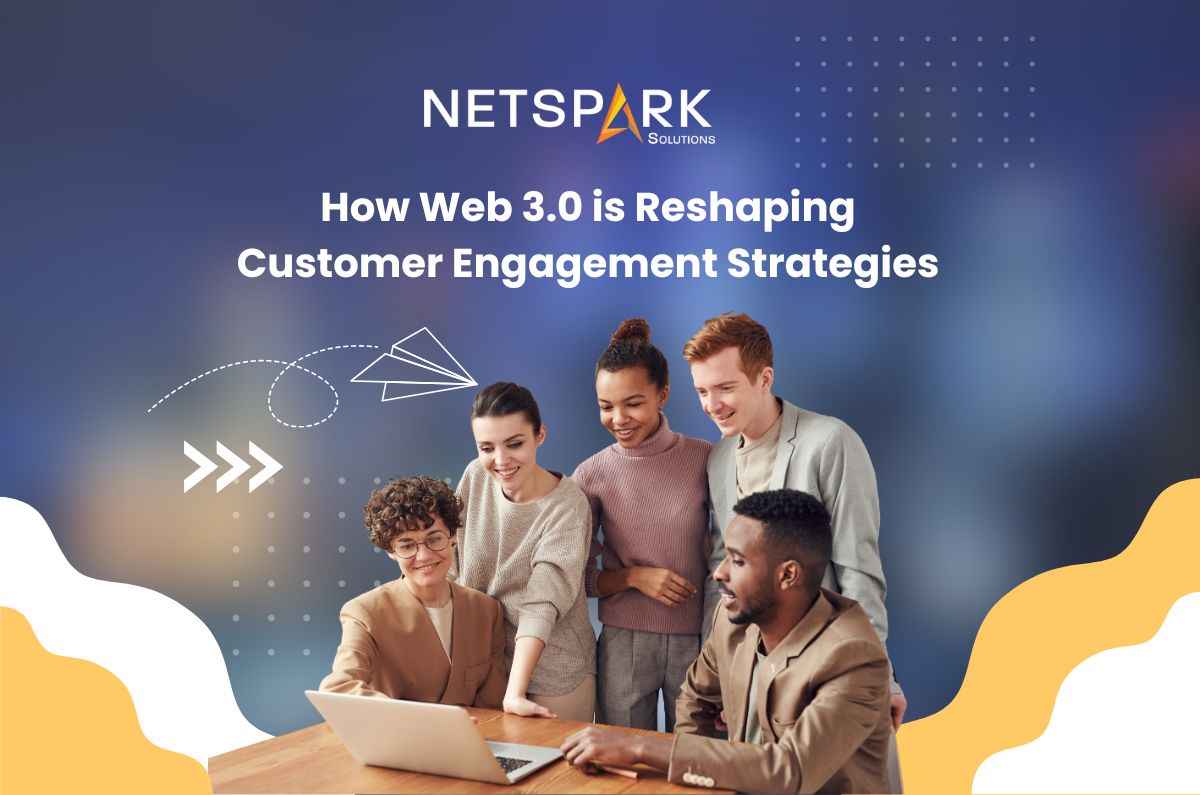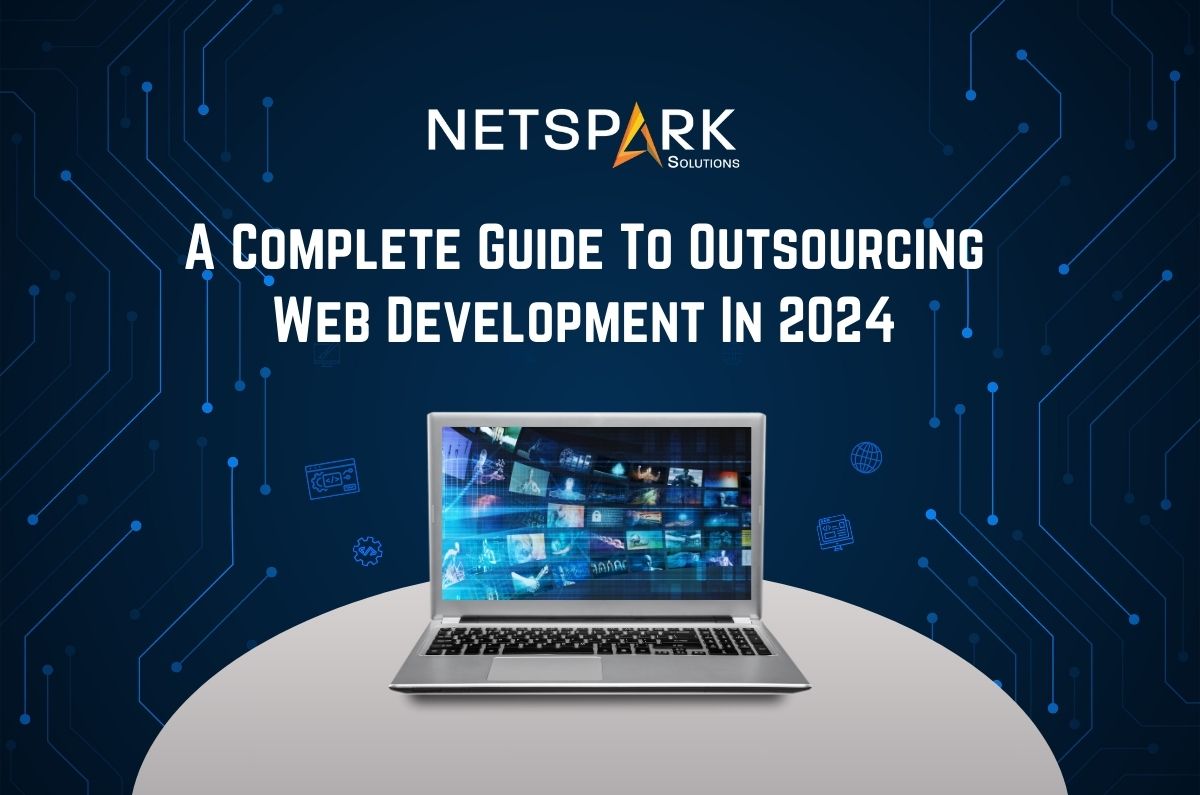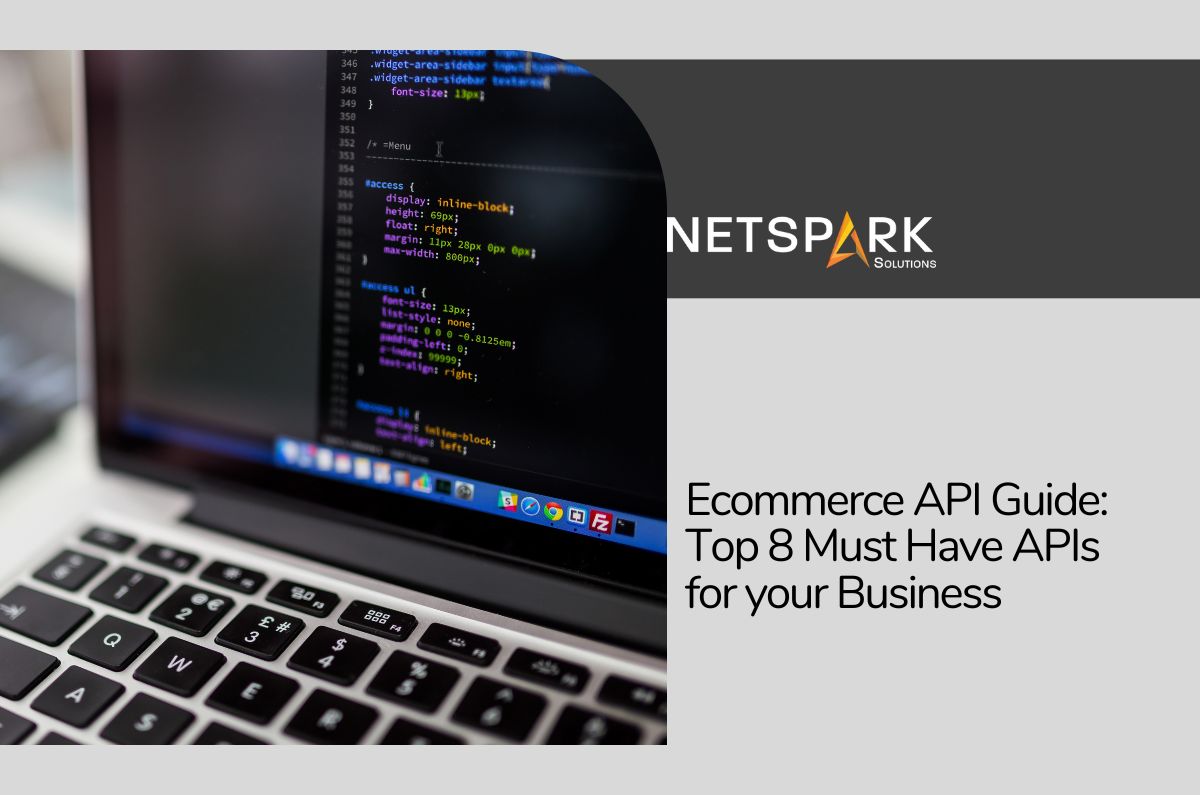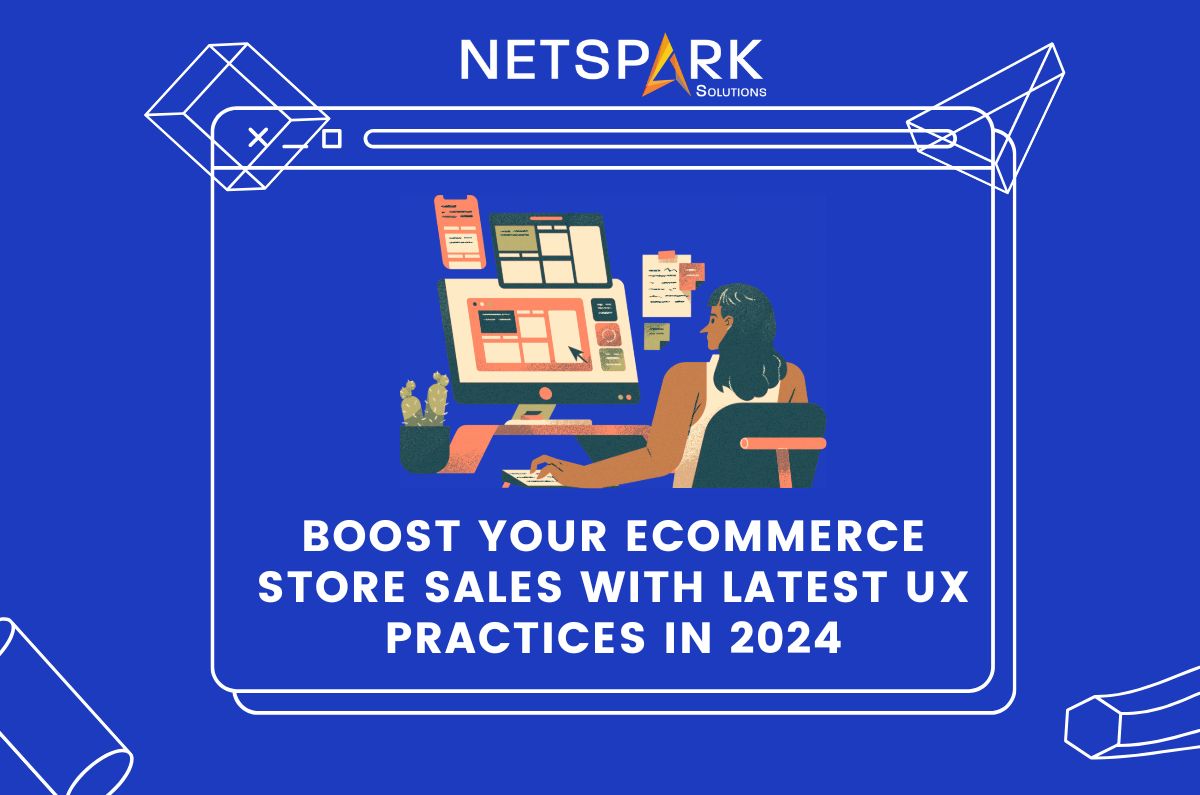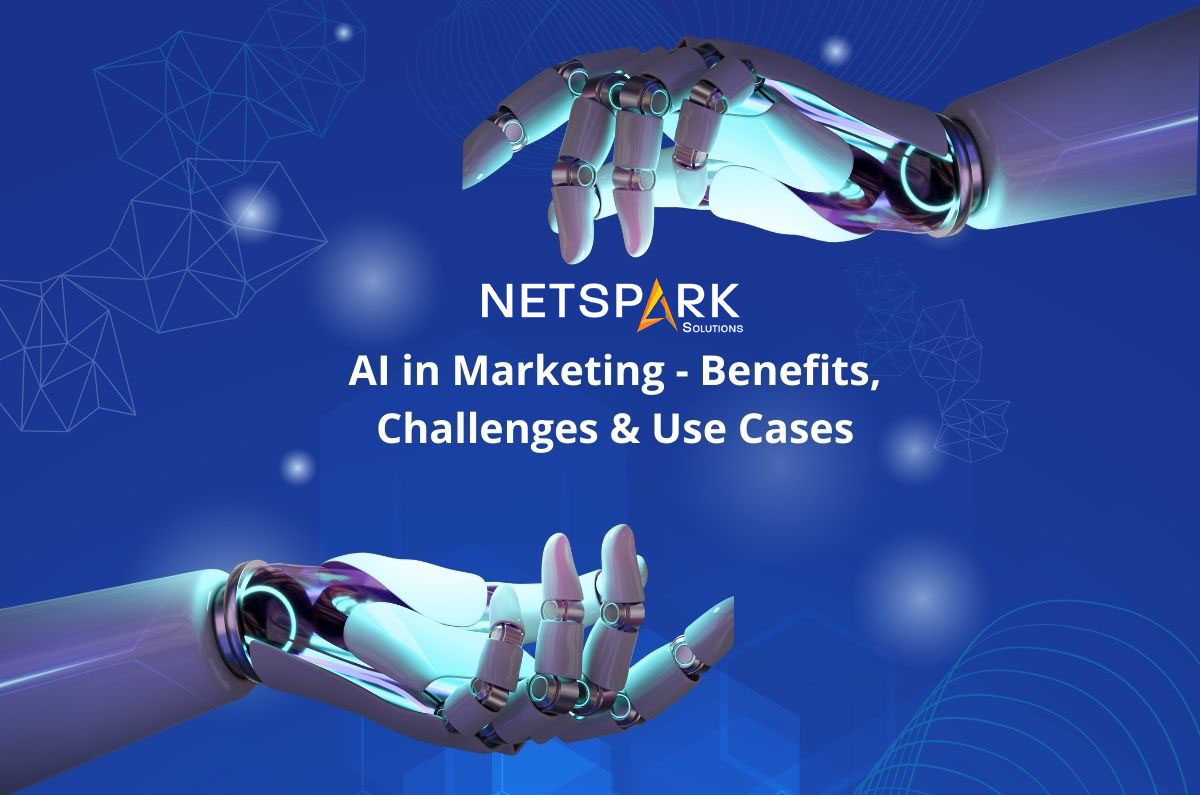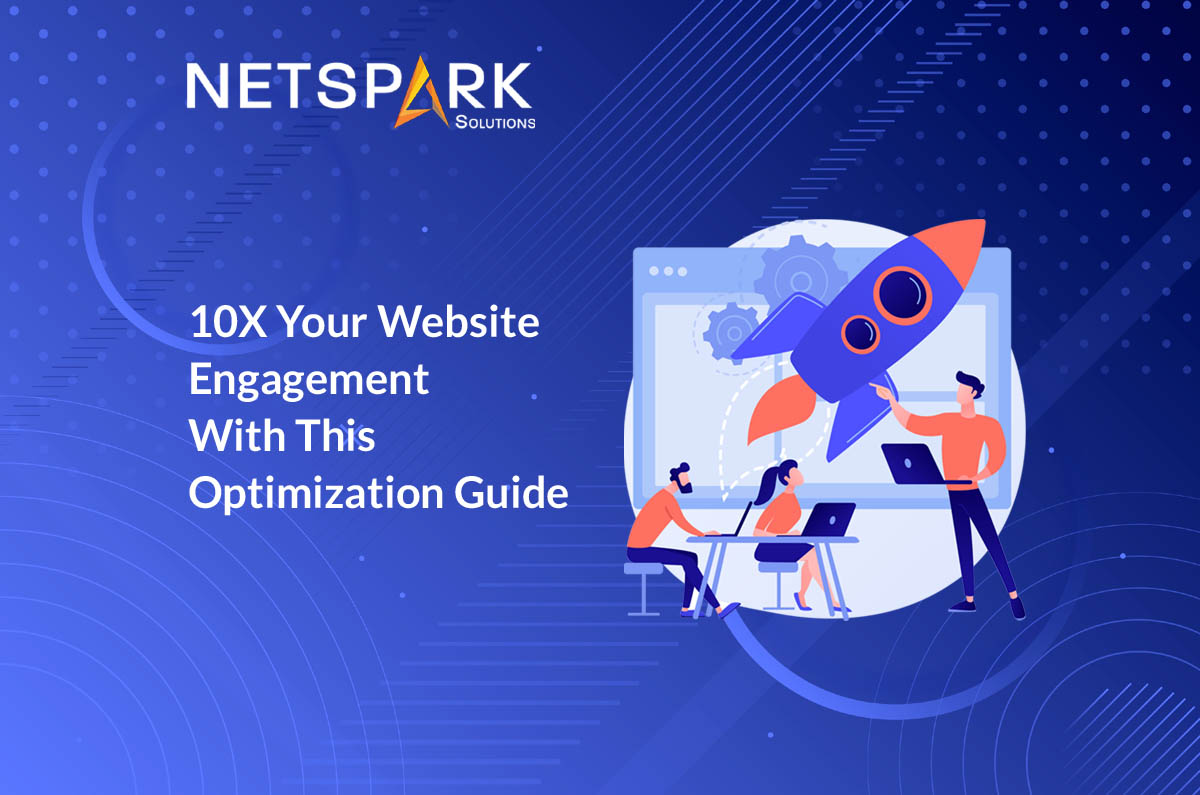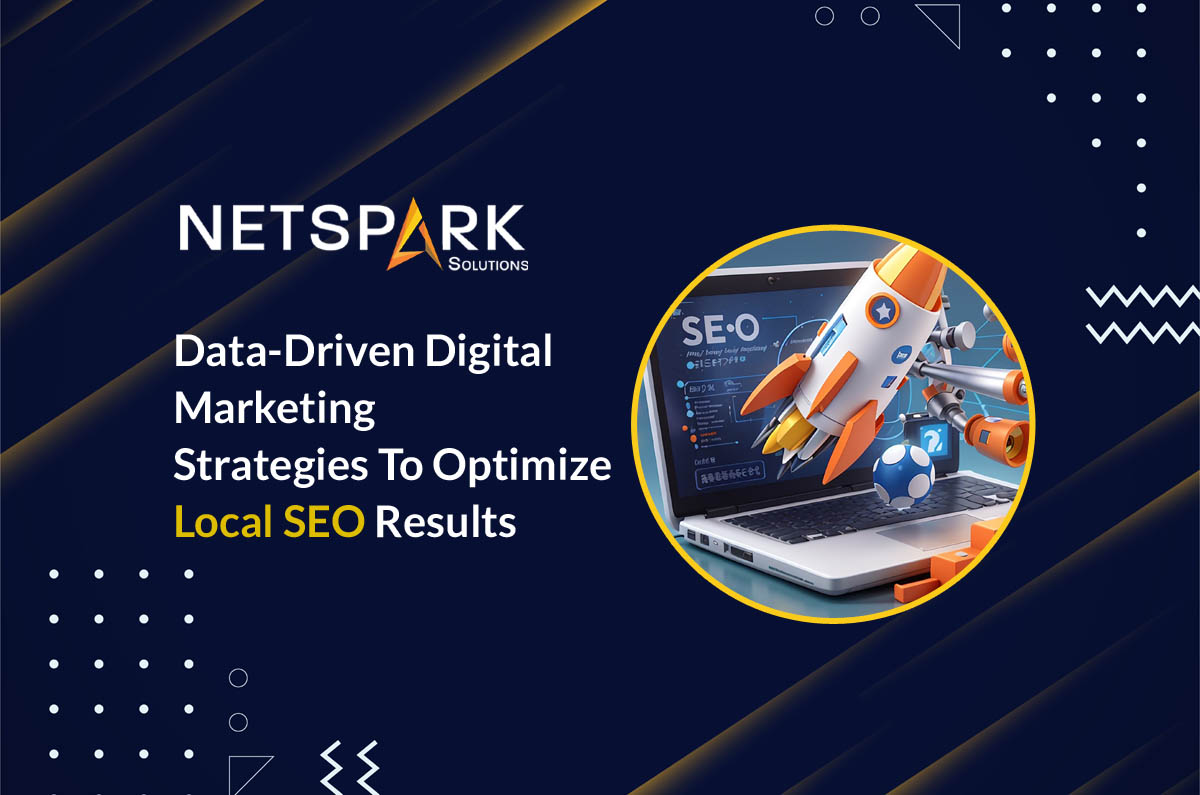According to Statista, there are nearly 1.88 billion websites globally, and the number is rapidly increasing as we speak. Thanks to ready-to-launch website builders like Wix, anyone can set up their website within minutes.
However, what many businesses fail to understand is the fact that having a website is not enough to succeed in the digital world. It’s also crucial to optimize this website by implementing the right practices to engage potential customers. When you prioritize website optimization, you automatically stand apart from the crowd and give visitors a unique browsing experience.
Now, one of the most effective ways to optimize a website to achieve better user-friendliness is to focus on design. As of 2022, you can implement dozens of design practices to enhance your website’s design and drive better traffic.
In today’s guide, we’ll share some of these design practices that’ll help you craft a user-centric design and engage your website visitors more effectively.
So, without any further ado, let’s get started.
How Improving Website Design Can Improve Your Website’s Traffic?
While many website owners think otherwise, design has a huge impact on your website’s traffic. A website acts as the digital storefront for a brand that customers can visit 24/7. If its design is not up to the mark, it’ll become challenging to engage the potential visitors.
In most cases, a poor design scheme will encourage people to bounce back to a different website. Apart from skyrocketing the bounce rate, this will also damage your brand’s reputation in the market.
That’s why it’s always imperative to choose a design scheme that goes with your brand and helps you engage new visitors more conveniently.
Website Designing Tips to Drive Better Traffic
So, here’s a list of top 10 web designing practices that’ll help you engage visitors and drive better website traffic.
1. Focus on Simplicity
Unlike conventional thinking, simple navigation is the key to engaging visitors to your website. Think of it like this – your customers aren’t visiting your web pages to validate the slick designs. Instead, they want to be provided with relevant information in the simplest manner.
So, rather than crowding your website with unnecessary design elements, make sure to keep things simple so that your landing pages don’t look cluttered and can engage the website visitors right away. Based on which ecommerce platform you’re using, you can choose one of the pre-designed themes or hire expert web developers to build one from scratch.
Either way, a simple design approach will allow you to hook the visitors and directly shift their focus to the content. Moreover, when your website will have simple navigation, it’ll also become easier for customers to reach a particular web page within seconds.
2. Add Clear CTAs
Call-to-actions (CTAs) are a great conversion tool as they allow you to convert your website visitors. But, placing random CTAs on your web pages without any strategy in mind will never get you the desired conversions. In fact, it’ll backfire in the majority of the cases and result in poor user engagement.
If you want to convert your website visitors, it would be crucial to use clear CTAs along with captivating taglines. You should also focus on where you are going to place these CTAs. For instance, adding a CTA on the first banner may not be as effective as using it at the end, especially if your goal is to encourage customers to sign up for your newsletter.
Experts suggest that A/B testing is the best way to validate the performance of different CTAs on a website. By comparing two different CTA buttons in real-time, you’ll be able to validate your customers’ preferences and make the right decision more effectively.
3. Prioritize Your Website’s Navigation
If your website has multiple web pages, it may become challenging for users to find the desired web page. Believe it or not, poor navigation is one of the biggest reasons behind the high bounce rate for many websites.
When your website’s navigation is not up to the mark, customers are most likely to go back to search results and look for another website. This will boost your website’s bounce rate and drop your search engine rankings drastically.
To avoid this scenario, it’s extremely crucial to make your website easy to navigate. In general, experts suggest that you should plan your website’s navigation in such a way that customers could reach any web page in no more than 3 clicks.
To do this, you can start by placing a static navigation bar across your website. This navigation bar should contain links to all your main service/product pages with dedicated categories navigating users to specific pages.
4. Plan Your Website’s Content Structure
Content is king!
That’s the statement we all believe in. However, instead of placing content at random sections, it’s important to plan the entire content structure so that you can provide relevant information to the customers in the most effective manner. The idea is to put up a storyline so that customers scroll till the end and read the entire content thoroughly.
And, with proper CTA placement, you’ll be able to convert one-time website visitors into long-term valuable clients and get better sales without any hassle. Another benefit of planning the content structure is the SEO push your website will get.
If you don’t know this already, Google heavily prefers quality content. And, when you load your web pages with a well-strategized content structure, they automatically start ranking at the top of SERP for targeted search queries.
Again, the best way to decide the right content structure for your website is to experiment with different design approaches and then, stick to the one that caters to your users’ preferences.
5. Optimize Visual Elements
Like the website content, visual images such as logos, banners, and regular images also have a huge influence on how your website interacts with the target customers. Of course, a simple design is the way to engage customers, but if you don’t use any visual elements on your web pages, you’ll most likely fail to hook potential shoppers.
Optimizing visual elements does not only mean slapping your web pages with a few images. That’s now how it works. You should add high-quality pictures that relate to your brand identity and separate your business from the crowd.
Keep in mind that it’s also not a good strategy to stack the web pages with too many visual elements. Instead, try to maintain a balance between the text and the visual elements so that you can keep the customers hooked while providing them with relevant information at the same time.
6. Prioritize Mobile-First Design
Do you know that 54.4% of global Internet traffic comes from smartphones? Yet, very few websites on the Internet are mobile-friendly. In 2022, you can’t expect to win the digital battle without a mobile-friendly design.
The majority of customers browse their websites on their phones. In addition to this, a mobile-first design will also boost your website’s SEO rankings as Google considers mobile-friendliness as one of its major ranking signals. In short, you have no other option, but to optimize your website for mobile users.
But, what’s the best way to make a website mobile-friendly? The answer is choosing a responsive theme. Platforms like WordPress, Shopify, Wix, etc. provide access to hundreds of responsive themes that one can apply with a single click. A responsive theme automatically adjusts the website layout according to users’ screen size.
7. Add Social Media Buttons
As of 2022, 4 billion people actively use different social media platforms such as Facebook, Instagram, Twitter, etc. These social media platforms have become one of the most effective marketing tools for brands to bring in the desired online exposure and build a complete digital presence.
One of the ways to enhance your overall digital presence is to integrate social media buttons across your web pages. This way whenever customers land on your web pages, they could easily navigate to your social media handles and validate your online presence more conveniently. Not to mention, placing social media icons on your web pages will also help you direct your website traffic to improve your social media following.
Again, all website builders offer dedicated APIs and plugins to integrate social media buttons to a website. All you have to do is follow the right procedure to get the job done.
8. Enhance Website Loading Speed
Like mobile-friendliness, loading speed is also a crucial ranking signal that could break or make your website’s SEO performance. Web pages with poor loading speed usually struggle in securing top search engine rankings.
Moreover, they also increase the bounce rate as users don’t have the time and patience to sit around and wait for several minutes for a page to load. The general thumb rule says that your web pages should not take more than 3 seconds to load as that’s the average time customers are most likely to wait.
So, if you haven’t done this already, make sure to optimize your website’s loading speed. To do this, you can start by compressing all the images to ensure they don’t put unnecessary load on the server. Some experts also suggest using WEBP images instead of conventional JPEGs and PNGs as they load more quickly than the latter.
The Bottom Line
In 2022, prioritizing website design has become extremely important as it’ll allow you to separate your brand from the rest of the crowd. Websites with appealing design and visual elements are most likely to engage the visitors and convert them into valuable traffic. Moreover, when your website’s design is aesthetically pleasing, it also becomes easier to climb the search engine ladder as Google’s algorithms usually push user-friendly websites to the top of Google SERP.

